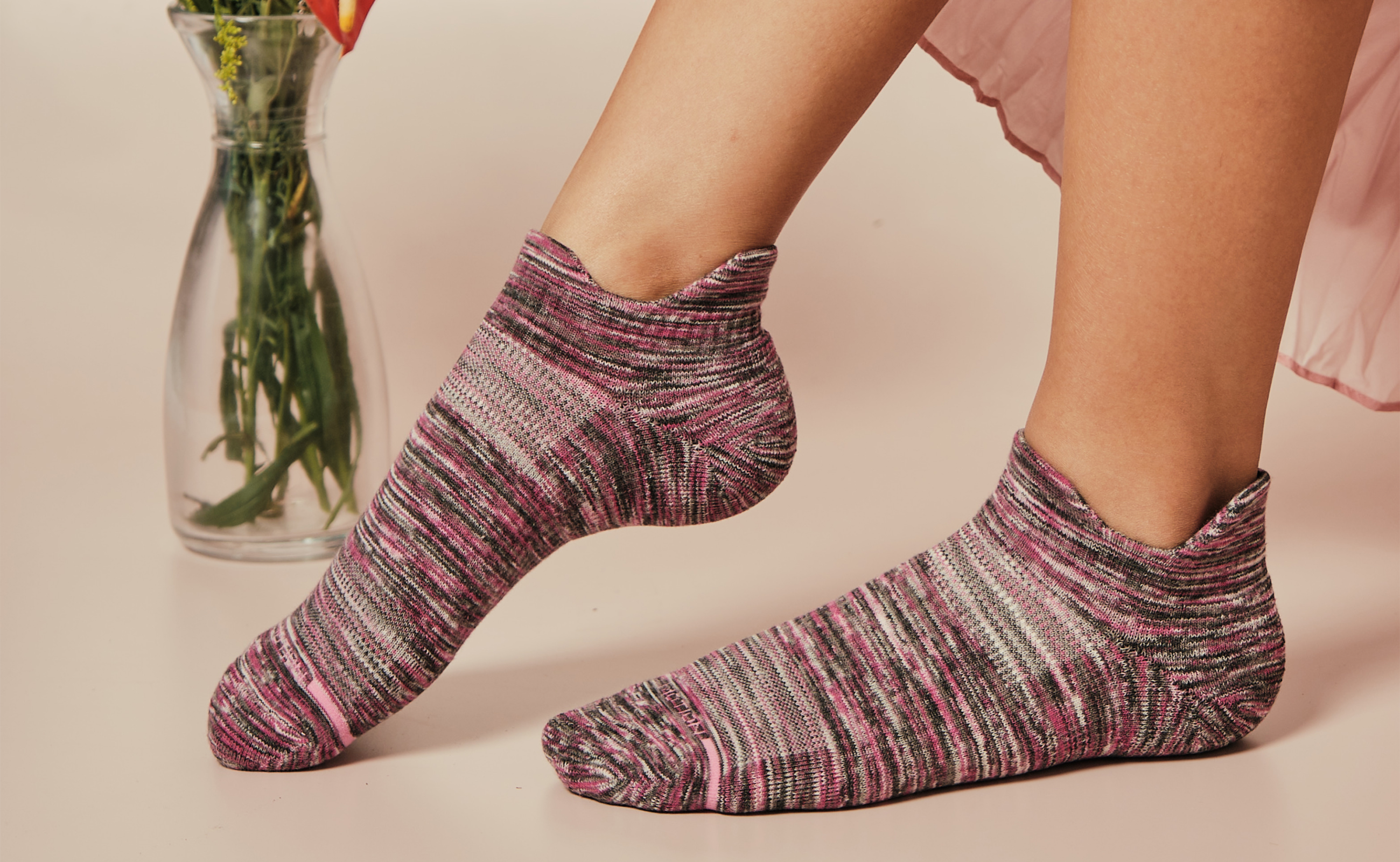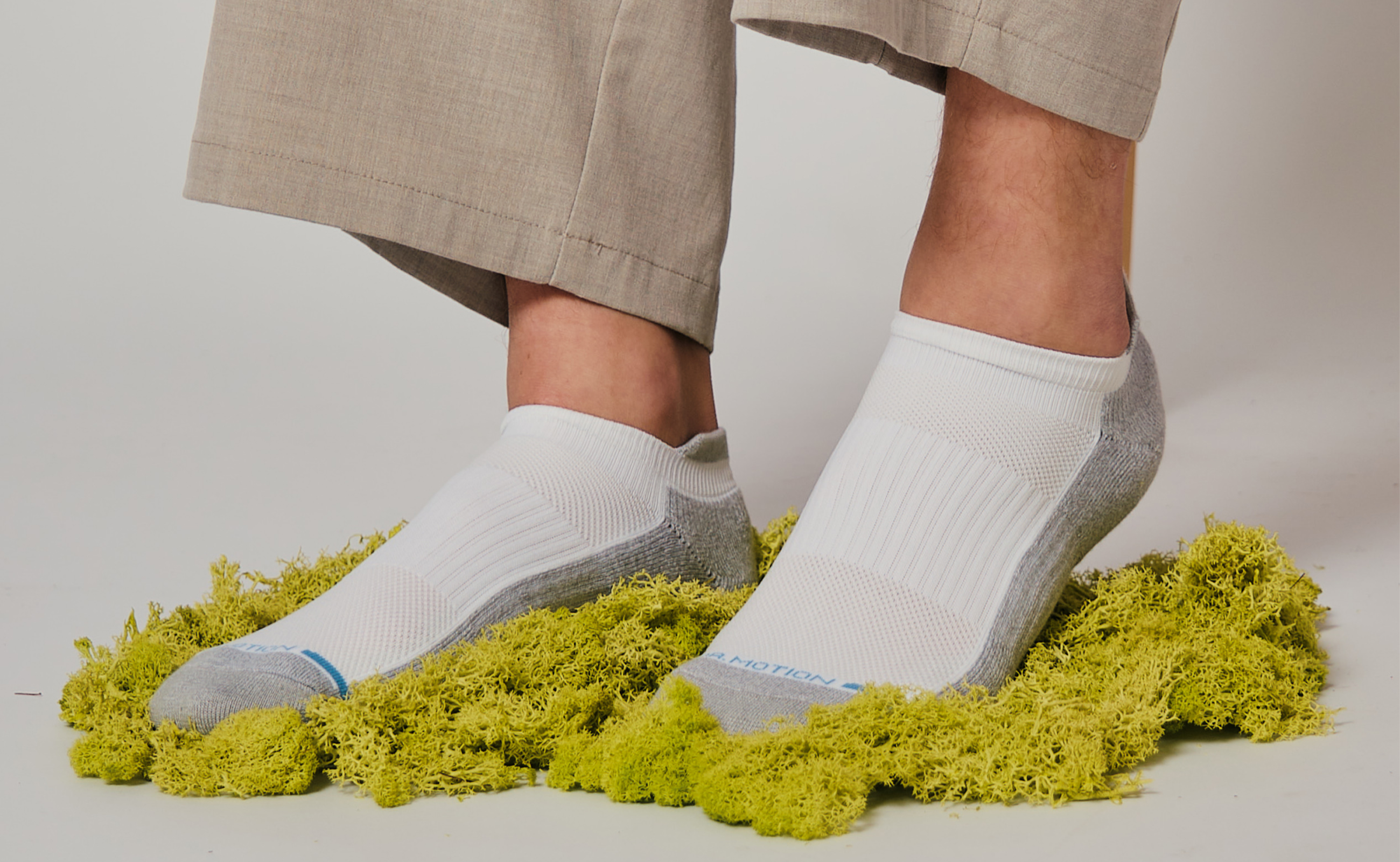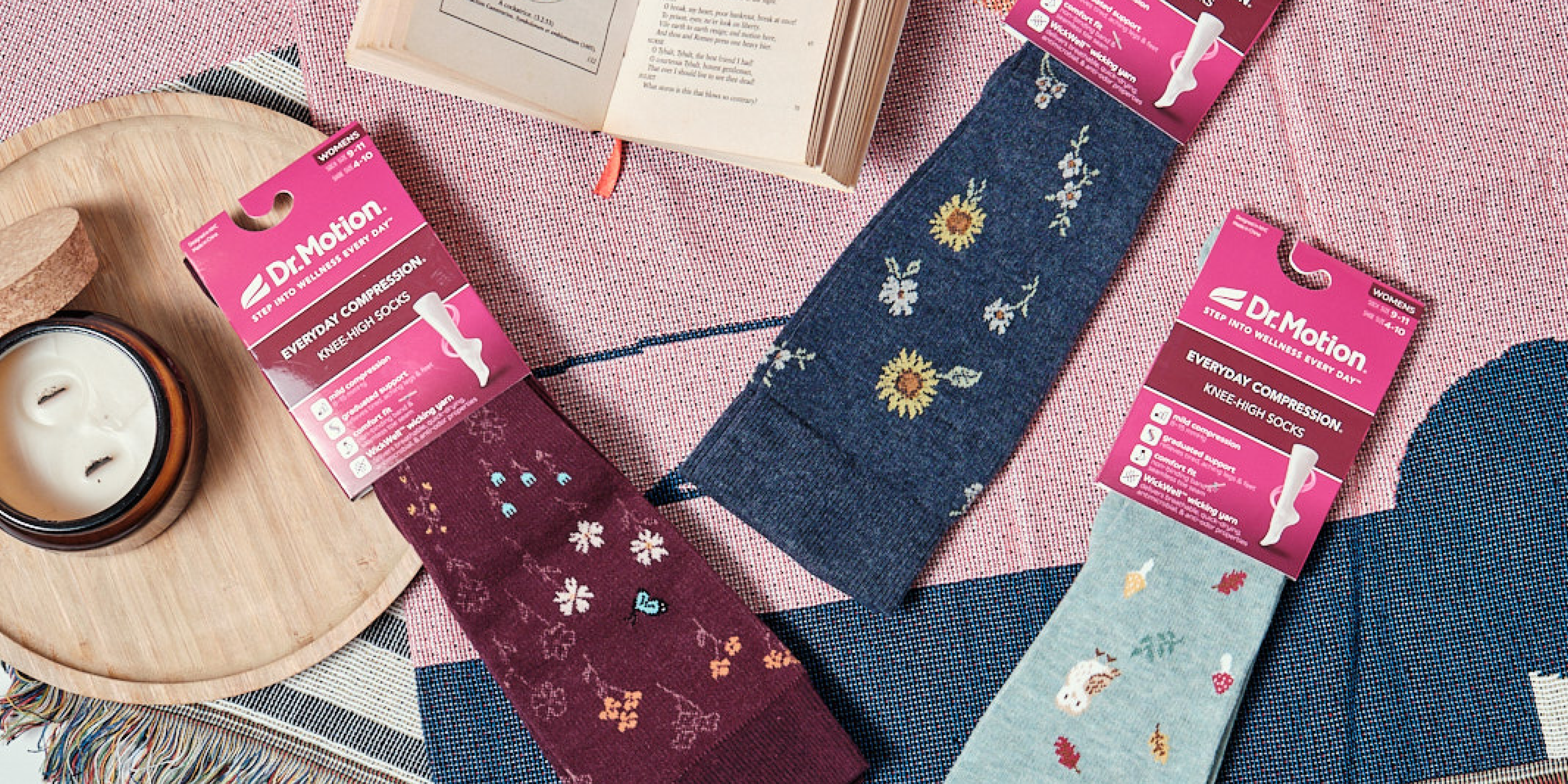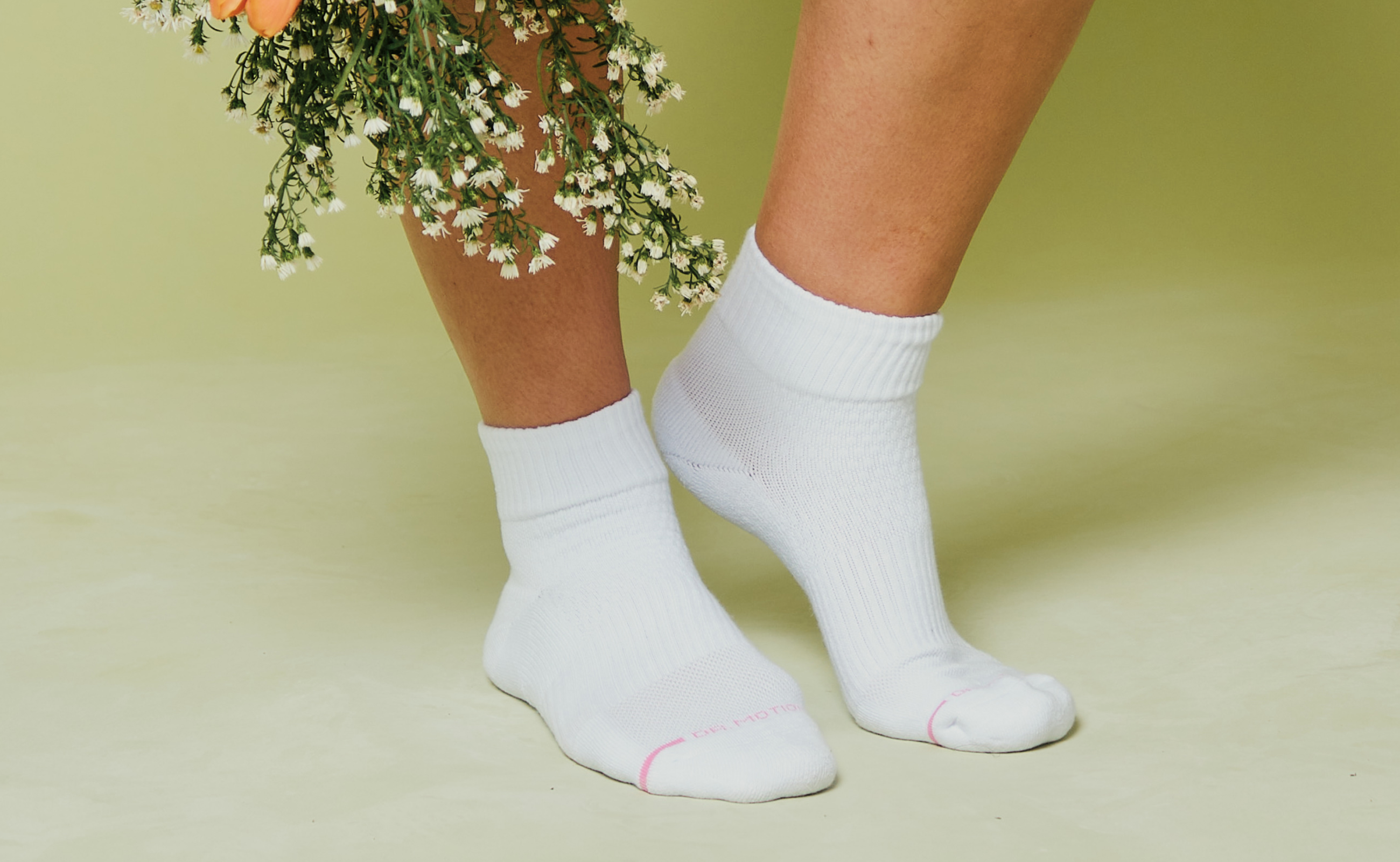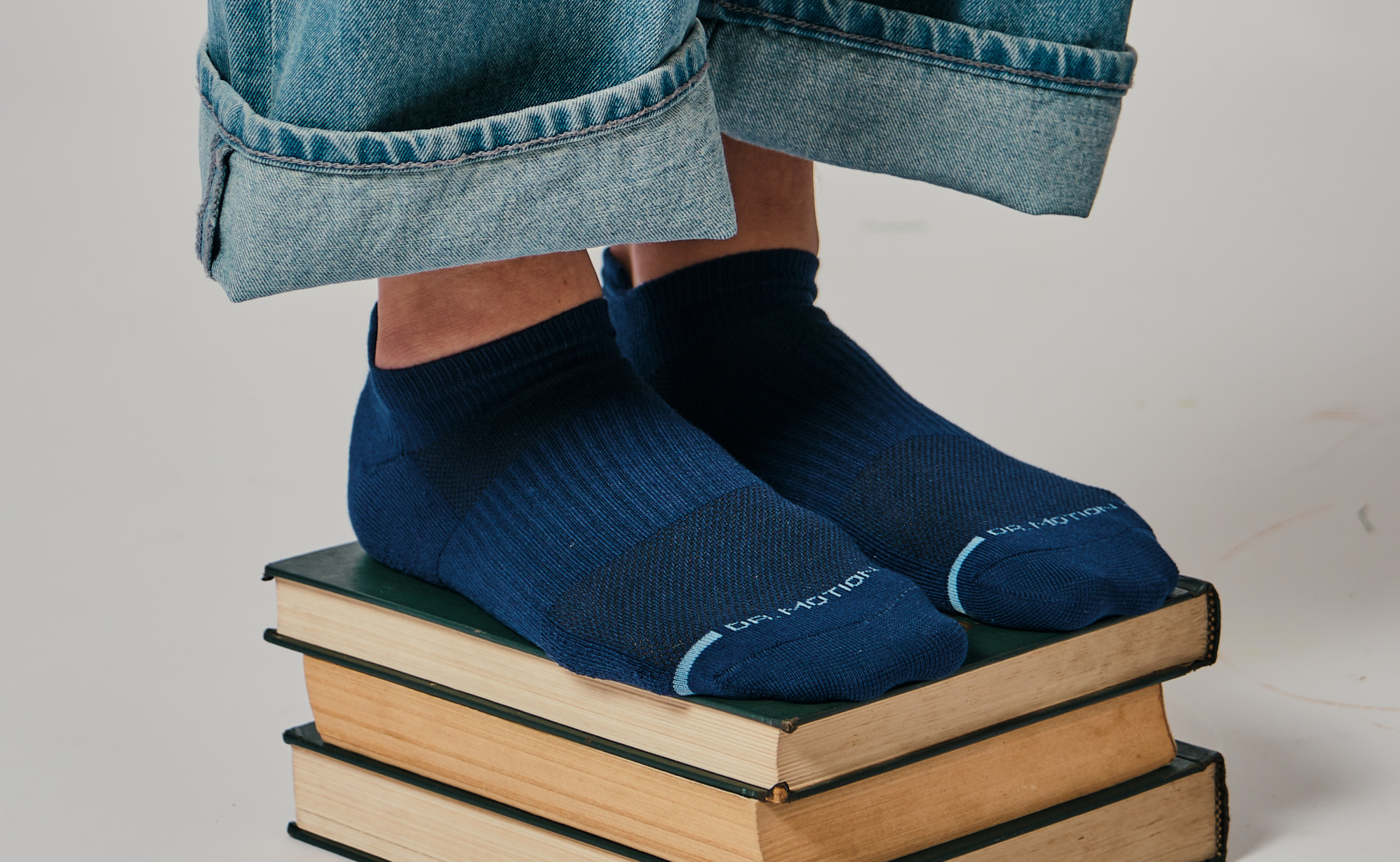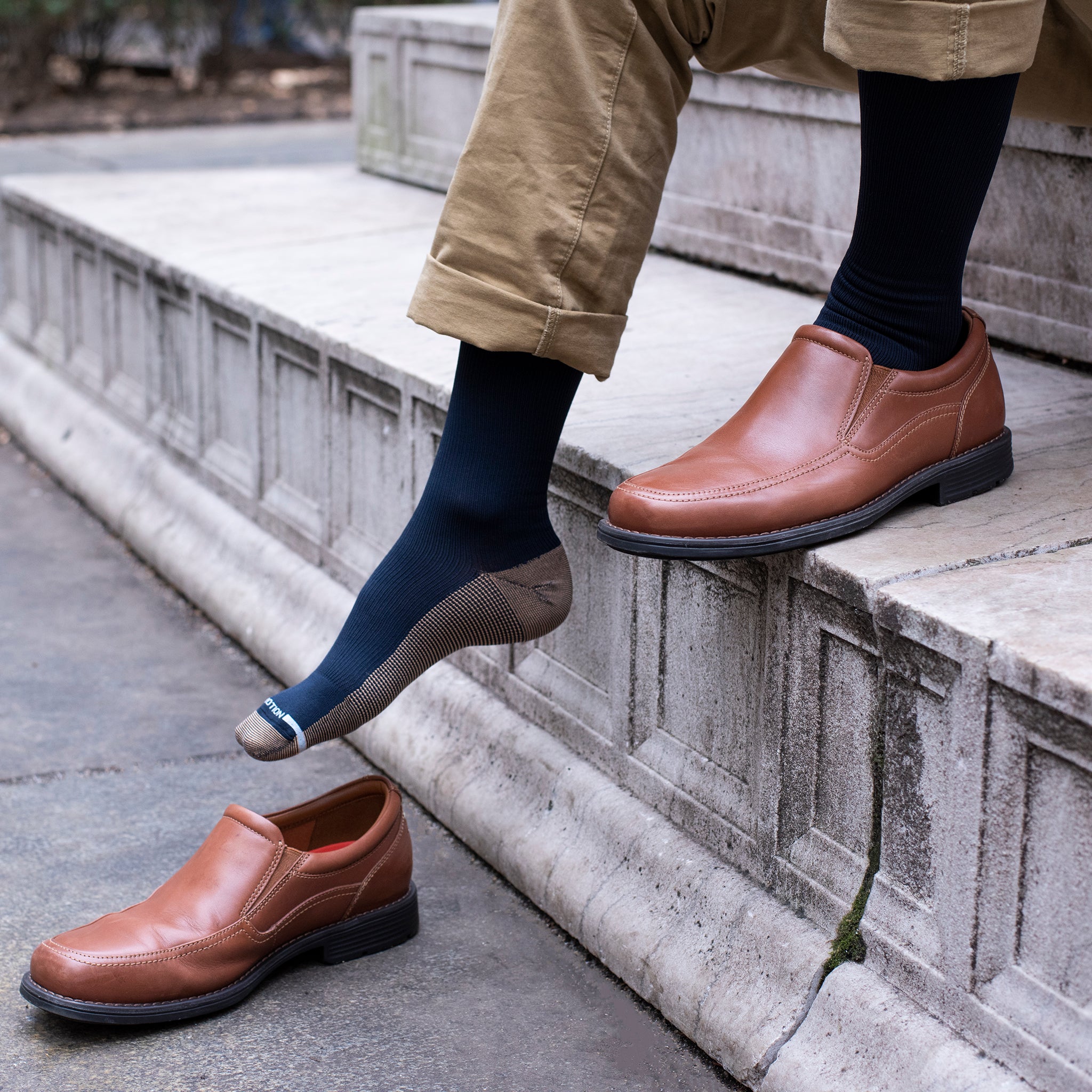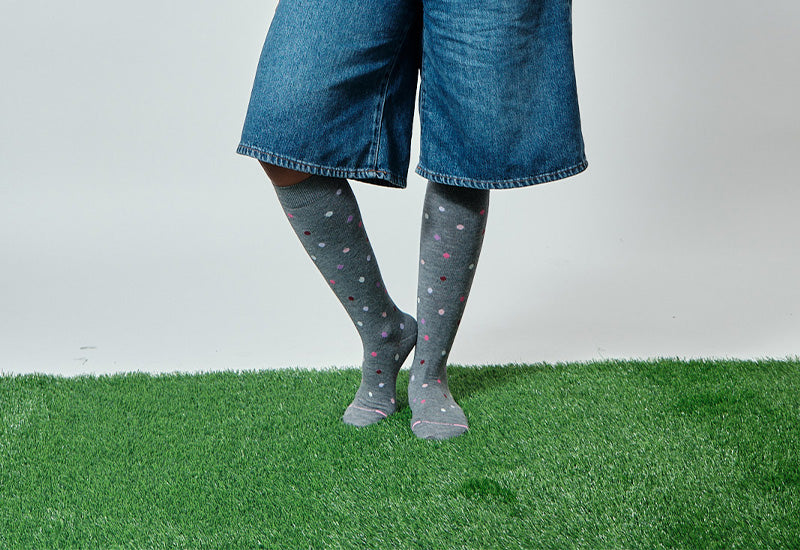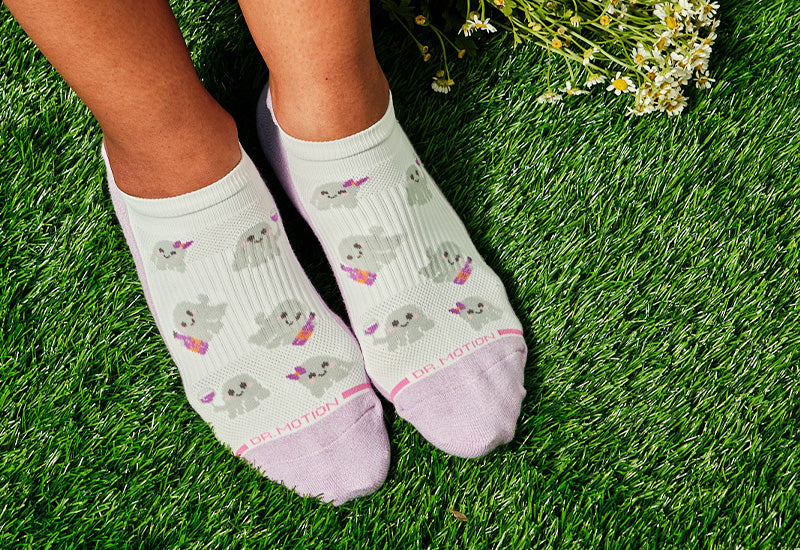Compression Socks for Morton’s Neuroma: What Works and What Doesn’t
Walking shouldn’t be painful, yet for those living with Morton’s neuroma, every step can bring sharp, burning discomfort. This common condition stems from irritation and thickening of a nerve between the toes, often made worse by tight shoes or repetitive stress. While treatments range from footwear adjustments to medical interventions, many people seek simple ways to alleviate daily discomfort. One option gaining attention is compression socks. In this guide, we’ll explore what works, what doesn’t, and how to choose the right socks.
What Is Morton’s Neuroma? An In-Depth Look
Morton’s neuroma is a painful enlargement of a nerve in the forefoot. It occurs when the nerve between two toes, most often the third and fourth, becomes repeatedly irritated or compressed, causing it to thicken over time. This thickened nerve then reacts to even minor pressure, sending sharp, burning pain signals that can feel like you’re “walking on a pebble.”
The most common triggers are tight or narrow shoes, which squeeze the toes together and limit space for the nerve, and high-impact activities, such as running or jumping, which create repetitive stress. Foot structure issues like bunions or flat feet can also increase pressure on the nerve, making it more vulnerable to irritation.
It’s important to distinguish Morton’s neuroma from metatarsalgia, a general term for forefoot pain. While both conditions cause discomfort in the ball of the foot, a neuroma involves actual nerve thickening, whereas metatarsalgia stems from inflammation or overuse without nerve enlargement.
Core Treatments Clinicians Usually Start With
If you suspect you have Morton’s neuroma, a podiatrist or foot specialist will typically recommend these first-line approaches.
-
Footwear changes
The first and most crucial step is to wear shoes with a wide toe box and plenty of cushioning. Avoid high heels and shoes with pointed fronts, as these can compress the toes and aggravate the nerve. Supportive sneakers or orthopedic shoes are often recommended.
-
Metatarsal pads and orthoses
Metatarsal pads are placed just behind the ball of the foot to spread the metatarsal bones apart, which relieves pressure on the nerve. Custom orthotics may also be prescribed to improve foot alignment and offload the irritated area.
-
Injections and other interventions
If pain continues despite footwear changes and pads, clinicians may suggest a corticosteroid injection to reduce inflammation around the nerve. In rare cases, other procedures such as alcohol injections or surgery to remove the neuroma are considered.
-
Activity modification and NSAIDs/ice
Reducing high-impact activities like running or jumping can help decrease symptoms. Over-the-counter anti-inflammatory medications and regular ice application can provide short-term relief during flare-ups.
Note: Morton’s neuroma management varies by individual, and outcomes depend on factors such as severity, duration of symptoms, and overall foot health.
Where Do Morton’s Neuroma Compression Socks Fit In, and What Are Their Limits?
Wondering, are compression socks good for Morton’s neuroma? The short answer is yes. Here’s a closer look at what they can and cannot do:
-
What compression can reasonably do?
Mild to moderate compression helps improve blood flow, manage swelling, and reduce overall foot fatigue. For some people with neuromas, this can provide comfort, especially after long hours of standing or walking. Compression can also aid post-activity recovery by reducing inflammation in the surrounding tissues.
-
When do they feel worse?
If the sock has tight bands or compresses the forefoot area, it can squeeze the irritated nerve and make symptoms worse. For this reason, choose socks with graduated compression that focus on the arch and ankle while ensuring the toe area is flexible and non-restrictive.
-
Post-procedure recovery
After a neuroma injection or surgical procedure, some clinicians may recommend compression socks to control swelling. Always follow your provider’s guidance on when and how to use them during recovery.
Note: Compression socks can provide comfort and help reduce swelling for some individuals. However, they should be viewed as a supportive measure rather than a cure for Morton’s neuroma.
How to Choose Compression Socks for Morton’s Neuroma?
Look for these features when choosing compression socks:
-
Graduated compression design: This type of design focuses pressure around the ankle and arch while avoiding the toes. It is typically recommended at a level of 15–20 mmHg for everyday wear, unless otherwise directed by a clinician.
-
Moisture-wicking, breathable fabric: This keeps feet dry and helps reduce the risk of irritation. Our collection features a breathable mesh upper that promotes airflow and incorporates anti-microbial and anti-odor properties for lasting freshness.
-
Flat, seamless toe construction: Such construction minimizes rubbing and pressure points to enhance comfort. Our designs include a smooth, reinforced toe with a terry inner lining to provide a soft and supportive feel.
Morton’s Neuroma Compression Socks Safe Use Guide
Here’s how to use compression socks safely and effectively:
-
Start gradually: Wear them for a few hours at first to see how your foot responds.
- Check for discomfort: Remove immediately if you feel increased numbness, tingling, or sharp pain.
- Wash and inspect regularly: Clean socks after each use and check for wear that could cause uneven pressure.
- Avoid overnight wear: Unless specifically instructed by a clinician, don't sleep in compression socks.
- Consult before higher compression levels: Only use high-strength compression socks under medical supervision.
When to Seek Trusted Medical Guidance?
Seek professional evaluation if you experience:
-
Persistent pain in the ball of your foot that lasts more than a few weeks.
-
A visible lump or swelling between the toes.
-
Numbness, tingling, or burning sensations that worsen over time.
-
Pain that interferes with daily activities or makes walking difficult.
-
Lack of improvement despite footwear changes and conservative measures.
Simple, Clinician-Backed Ways to Reduce Flare-Ups
Beyond socks, these strategies can help reduce flare-ups:
-
Rotate your shoes to prevent repetitive pressure on the same spots.
-
Stretch your calves and arches to improve overall foot mechanics.
-
Maintain a healthy weight to reduce stress on the forefoot.
-
Use ice massages for 5–10 minutes after long periods of activity.
-
Schedule rest days from high-impact sports like running or aerobics.
Why Choose Dr. Motion for Everyday Compression™
At Dr. Motion, we design our compression socks with everyday comfort in mind. Our collections feature gentle, graduated compression to support circulation. We have thoughtfully included seamless toe construction, supportive arch, and breathable moisture-wicking fabrics. Additionally, our socks feature flexible, closed-toe designs that stretch comfortably to accommodate natural foot movement and help avoid excess pressure in sensitive areas. By pairing high-quality compression socks with appropriate footwear and professional guidance, you can take meaningful steps toward better foot comfort and healthier movement every day.


